Yes, mace is a spice. It is the dried, lacy outer covering of the nutmeg seed from the Myristica fragrans tree, native to Indonesia. Unlike the medieval weapon, this culinary spice has been used for centuries in both sweet and savory dishes worldwide.
If you've ever wondered what mace is or how to use it in cooking, this guide covers everything you need to know.
Table of Contents
- What Exactly is Mace?
- Is Mace a Spice?
- What Does Mace Taste Like?
- Common Culinary Uses of Mace
- Buying Guide: How to Choose Quality Mace
- How to Store Mace Properly
- Substitutes for Mace
- Final Verdict: Yes, Mace is Definitely a Spice!
- Frequently Asked Questions (FAQ)
What Exactly is Mace?
Mace comes from the same plant as nutmeg! It's harvested from the Myristica fragrans tree, which is native to Indonesia and other tropical regions.
Here's the fun part:
- The inner hard seed becomes nutmeg.
- The red-orange lacy aril around it dries into mace.
| Comparison | Description |
|---|---|
| Nutmeg | Inner hard seed of the fruit |
| Mace | Dried outer covering (aril) of the nutmeg seed |
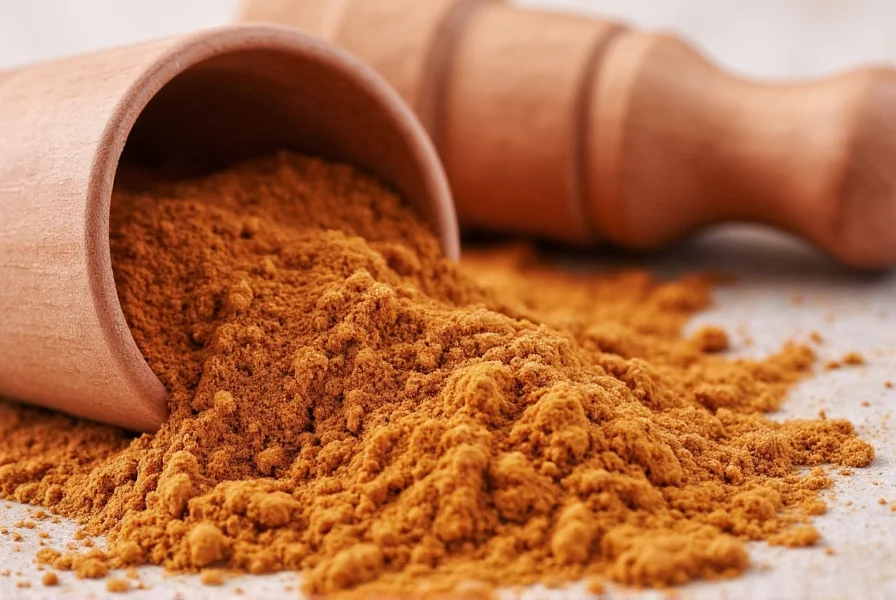
Is Mace a Spice?
Yes, mace is absolutely a spice. Spices are defined as aromatic plant parts used in small quantities for flavoring food. Mace fits this definition perfectly as it's derived from the fruit's outer layer and adds distinctive flavor to dishes.
Historically, mace was one of the most valuable spices during the spice trade era, often traded at prices comparable to gold. Its unique flavor profile and versatility have kept it relevant in global cuisine for centuries.
What Does Mace Taste Like?
Mace offers a warm, sweet, and slightly peppery flavor with delicate floral notes. Compared to nutmeg, it has a more refined and subtle character that works beautifully in both sweet and savory applications.
| Flavor Profile | Description |
|---|---|
| Sweetness | Mild to moderate |
| Heat Level | Low to medium |
| Aroma | Earthy, floral, slightly woody |
| Aftertaste | Smooth, slightly citrusy finish |
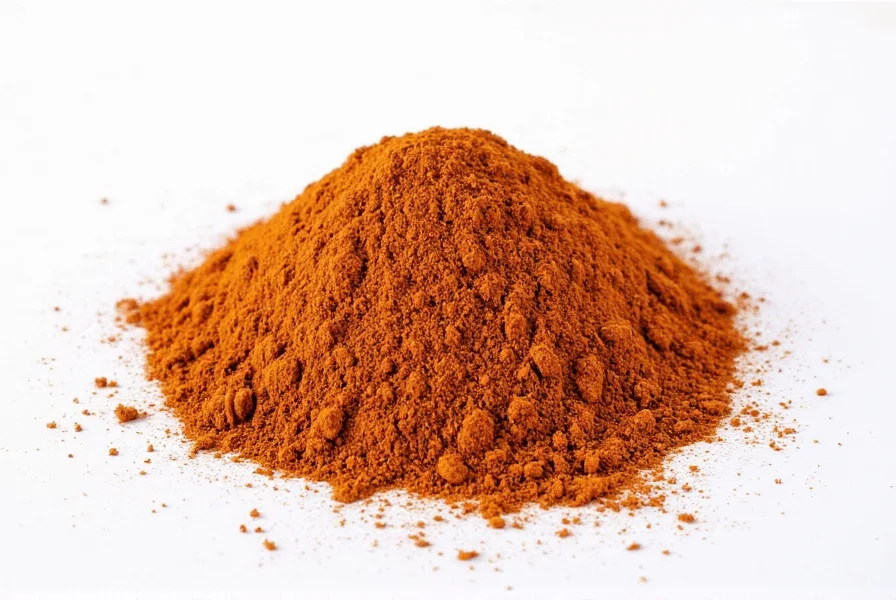
Common Culinary Uses of Mace
Mace's versatility makes it a valuable addition to many recipes:
- Baking: Enhances cakes, cookies, and custards with subtle warmth.
- Savory Dishes: Key ingredient in Indian curries, Dutch stews, and Middle Eastern rice preparations.
- Spiced Beverages: Perfect for mulled wines, chai teas, and hot chocolate.
- Pickling & Preserves: Adds complexity to jams, chutneys, and pickled vegetables.
- Meat Rubs: Complements pork, poultry, and lamb seasoning blends beautifully.
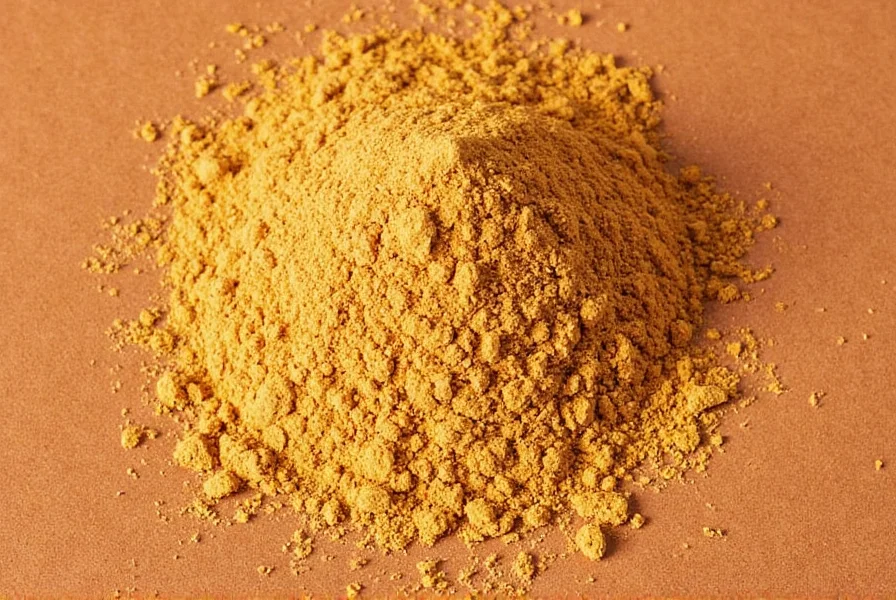
Buying Guide: How to Choose Quality Mace
When purchasing mace, you'll typically find two forms:
| Form | Pros | Cons | Best For |
|---|---|---|---|
| Ground Mace | Convenient, ready to use | Loses aroma quicker | Quick baking or cooking |
| Whole Blades | Fresher taste, longer shelf life | Requires grinding tool | Chefs and spice enthusiasts |
Top Brands Worth Trying
- Simply Organic Mace Powder – Certified organic, strong aroma, good price-to-quality ratio.
- Frontier Co-op Ground Mace – Sustainably sourced, fine texture, ideal for everyday cooking.
- Penzeys Mace Blades – High-grade whole blades, perfect for spice connoisseurs.
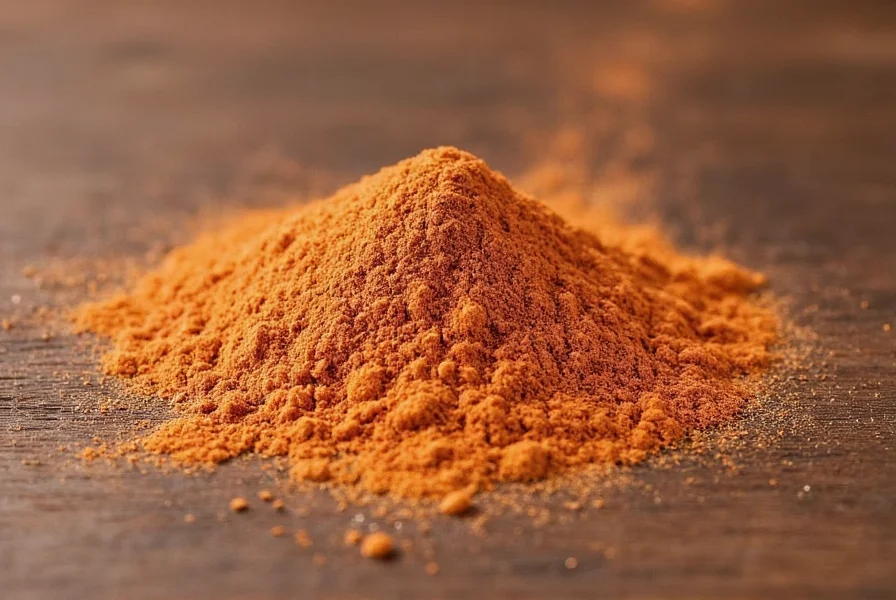
How to Store Mace Properly
To maintain freshness and flavor:
- Store in an airtight container away from heat and light.
- Keep whole blades in glass jars; ground mace should be sealed tightly after each use.
- A cool, dry pantry is ideal—avoid humid environments like near the stove.
- Shelf life: Up to 2 years for whole blades, 6–12 months for ground.
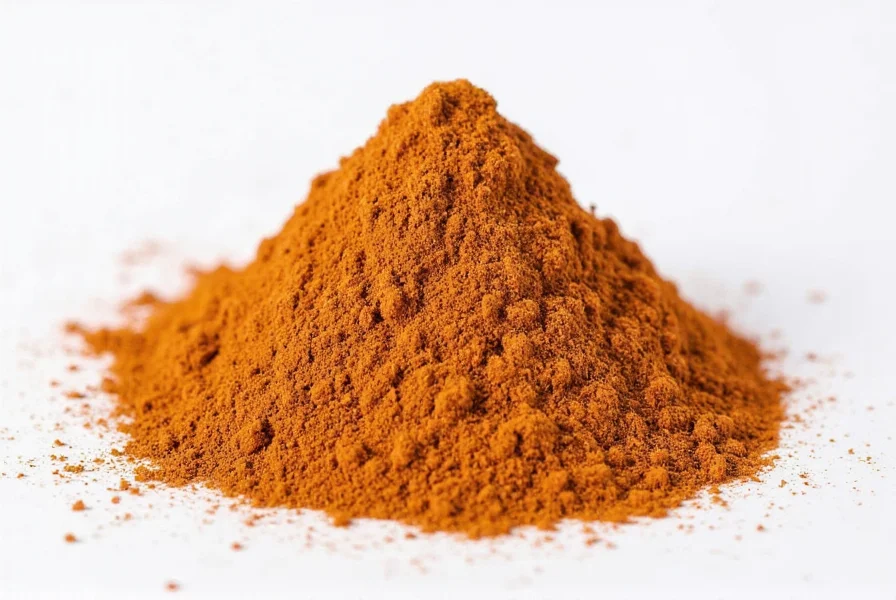
Substitutes for Mace
When mace isn't available, these alternatives work well:
- Nutmeg: Closest match; use 75% of the amount as nutmeg is stronger.
- Allspice: Earthy warmth; use half the amount to avoid overpowering.
- Cinnamon + Cloves: A 2:1 ratio mimics mace's sweet-spicy profile.
- Garam Masala: Use sparingly for complex curry flavors.
Final Verdict: Yes, Mace is Definitely a Spice!
Mace is unquestionably a spice with a rich history and versatile culinary applications. Derived from the nutmeg seed's outer layer, it offers a unique flavor profile that enhances both sweet and savory dishes. Whether you're baking holiday treats or preparing savory curries, a pinch of mace can elevate your cooking with its delicate warmth and floral notes.
By understanding its origins, flavor characteristics, and proper usage, you can confidently incorporate this often-overlooked spice into your kitchen repertoire.
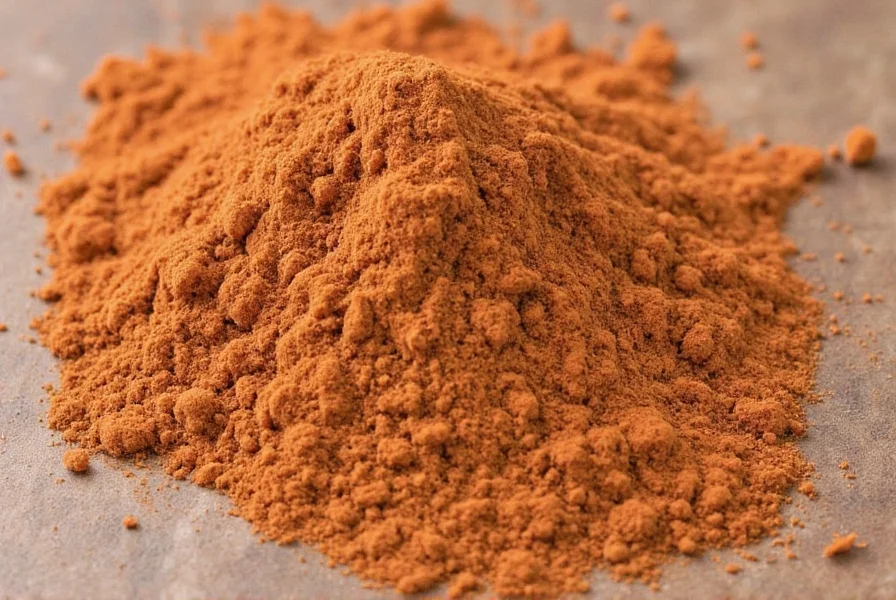
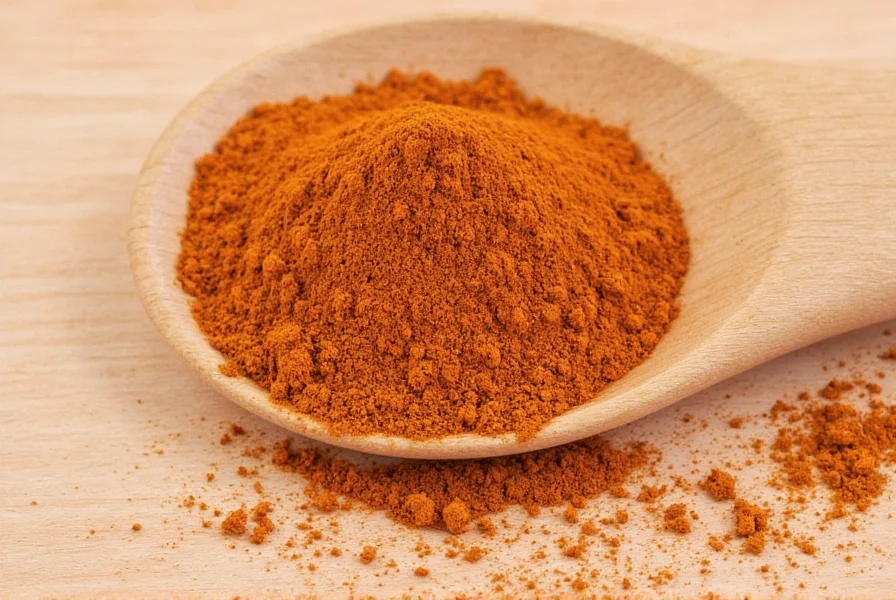
Frequently Asked Questions (FAQ)
Is mace the same as nutmeg?
No, mace and nutmeg come from the same fruit but are different parts. Mace is the dried red-orange lacy aril (covering) surrounding the nutmeg seed. Nutmeg is the inner seed itself. Mace has a more delicate, floral flavor compared to nutmeg's stronger, earthier taste.
What does mace taste like?
Mace has a warm, sweet, and slightly peppery flavor with hints of cinnamon and clove. It's often described as more delicate and floral than nutmeg, with a smooth, slightly citrusy finish that works well in both sweet and savory dishes.
How do I use mace in cooking?
Mace is incredibly versatile! Use it in baking (cakes, cookies), savory dishes (curries, stews, rice), spiced beverages (mulled wine), pickling, and as a meat rub for poultry or pork. For best results, use whole blades ground fresh or add ground mace early in cooking to release its full flavor.
What can I substitute for mace?
Nutmeg is the closest substitute (use 75% of the amount as it's stronger). Alternatively, use allspice (half the amount) or a mix of cinnamon and cloves (2:1 ratio). Garam masala works well in curries but won't replicate mace's unique citrus notes.
How long does mace last?
Whole mace blades retain freshness for up to 2 years when stored in an airtight container in a cool, dark place. Ground mace lasts 6-12 months. For maximum flavor, buy whole blades and grind them as needed using a microplane or spice grinder.

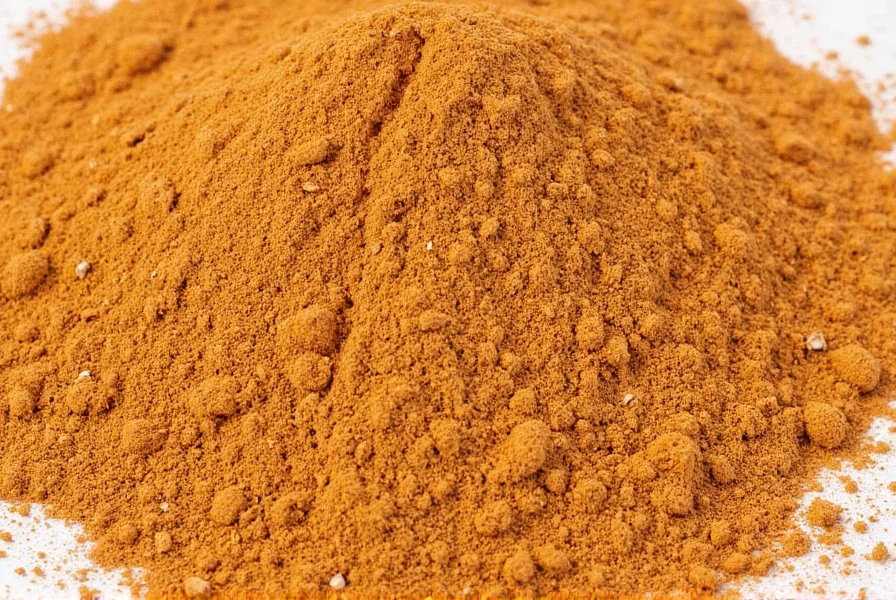









 浙公网安备
33010002000092号
浙公网安备
33010002000092号 浙B2-20120091-4
浙B2-20120091-4